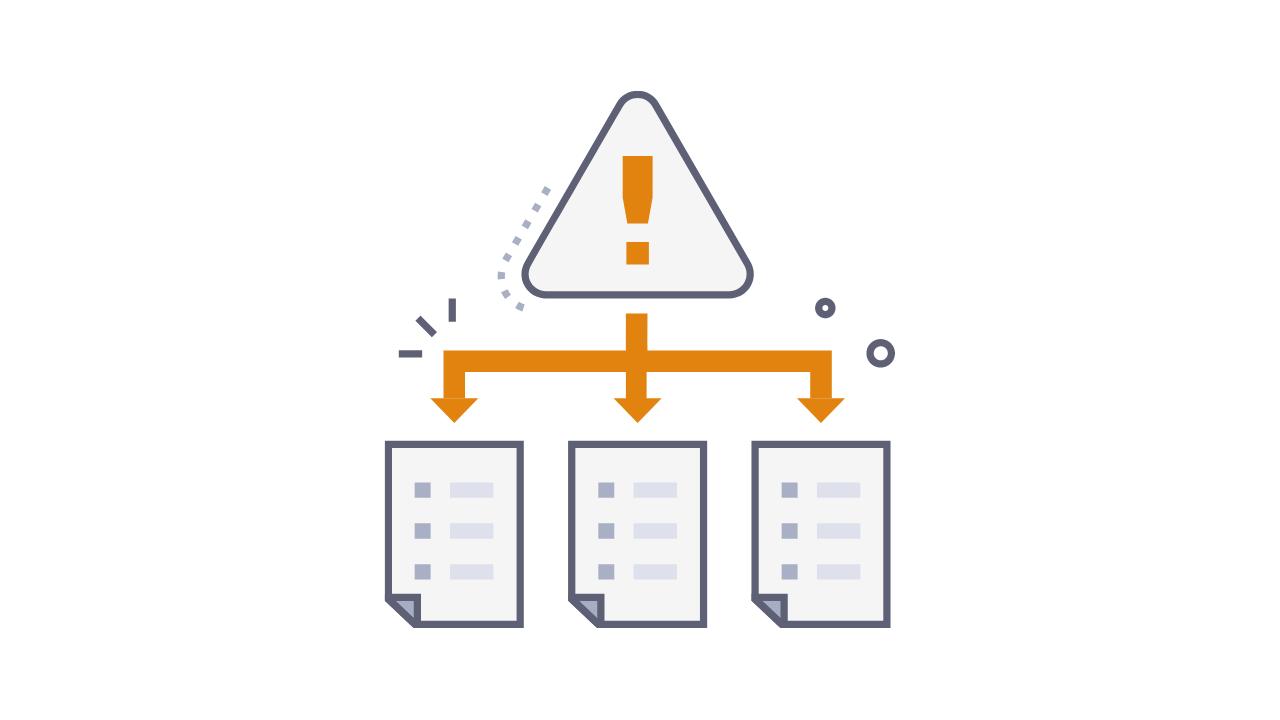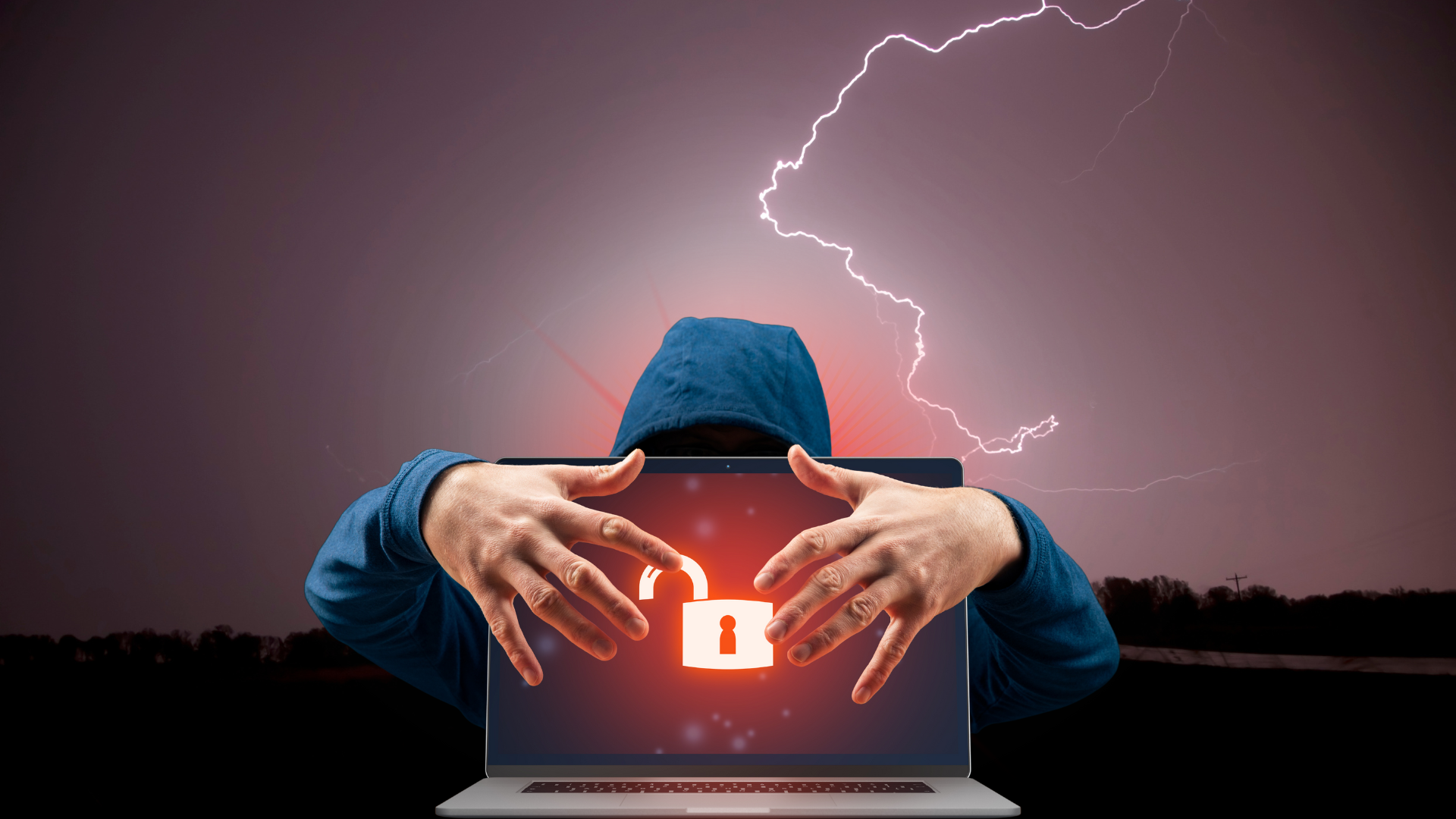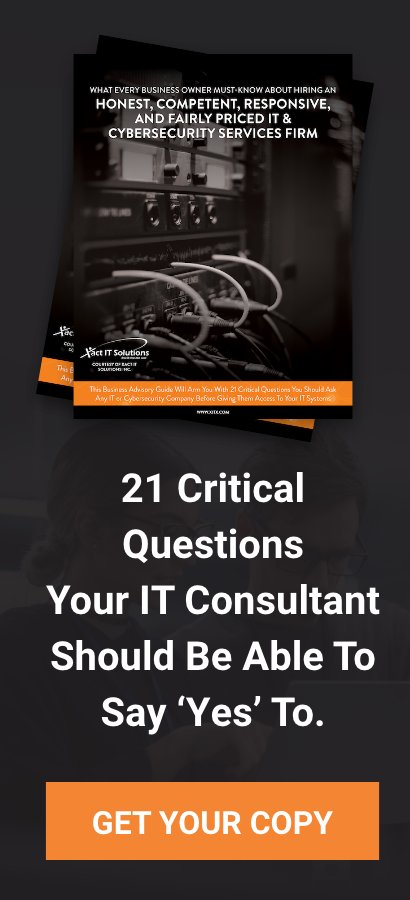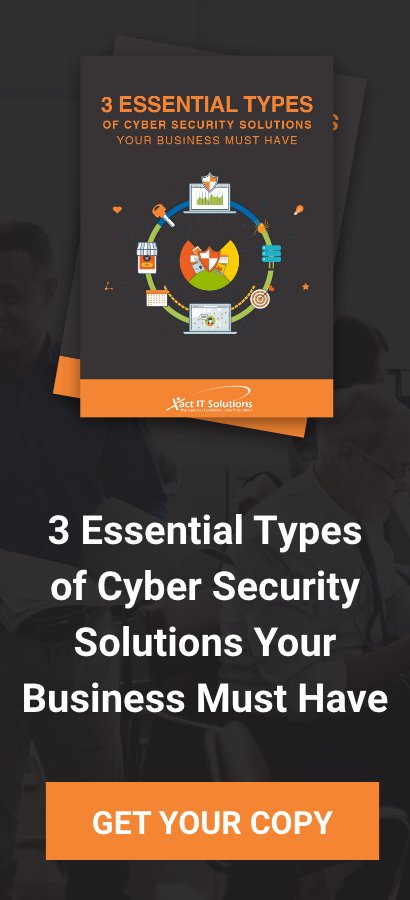Are you prepared to face a cybersecurity breach, a natural disaster or a system failure?
Such disruptive events can strike at any moment, causing chaos and confusion.
But don’t worry. With an effective incident response plan in place, you can handle any incident with confidence.






